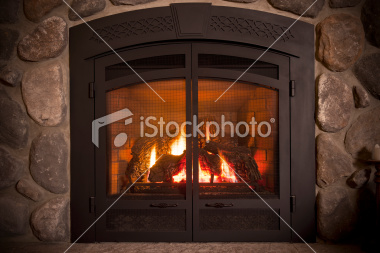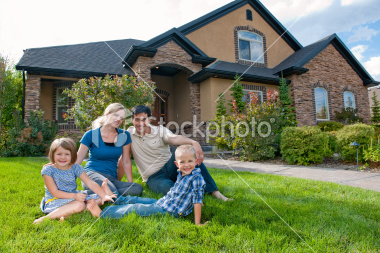Keeping Trees Healthy: Tree Care Ideas For Home Owners
Trees and shrubs add interest and value to a landscape. However, planting trees and shrubs is a much more complex process than sticking a plant in the ground and waiting for it to grow. Informed choices about tree and shrub cultivars will help with correct selection and placement, and proper care starts when planting occurs.
Successful Planting
Poor urban soils and planting practices often compromise trees and shrubs from the start, and while shrubs are much more tolerant of improper planting, incorrectly planting your trees can result in the loss of a large investment often not seen for 10–15 years. There are many problems that can manifest from improper planting practices. Balled-in-burlap, or “B&B,” are probably the most commonly planted trees. Often, these are planted with all the twine, burlap, and wire baskets still on the root ball. Many trees do survive long enough to see these materials decompose. These materials can also cause a second major problem — girdling roots, which essentially choke the trees to death as the root system encircles the base of the tree. This problem can also occur when trees have been planted too deeply. Indicators can be crown decline, poor trunk flair, or a flattened side of the tree trunk. While this problem can be remediated by excavating the root system and removing the girdling roots, planting the tree the right way can avoid this issue altogether.
Establishment of your trees includes proper mulching and watering. A tree should be mulched away from the tree trunk and to an adequate depth. Creating “volcanoes” up along a trees trunk can cause root issues and disease or insect problems, and is not recommended. Adequate watering also helps establish a plant, with the rule of thumb being one inch of water a week. Long, soaking waterings are best at the base of the plant instead of overhead watering.
Proper Maintenance After a Good Start
After establishment, proper care includes pruning, fertilization, and insect and disease control. When it comes to pruning, little to no pruning is the best practice for new plantings the first year or two. The additional shock of removing live limbs can often inhibit root growth by transferring energy into sealing over the pruning wounds. Shrubs are typically pruned to maintain a specific size and shape. This is often done by either hand pruning or by the use of mechanical hedgers. Hand pruning is the only way to make proper cuts, but is much more time consuming. If mechanical hedgers are used it is best to keep them as sharp as possible so jagged cuts are not made on the shrubs that can prevent the plant from sealing properly.
The timing of pruning should be considered as some shrubs should not be pruned at certain times as year due to when the flower buds form. Spring flowering plants should be pruned right after they bloom so the next year’s buds are not removed. Evergreen shrubs are best pruned right after the new growth has completely formed, as late season pruning of these plants can leave them more susceptible to winter-burn. Trees are pruned for several different reasons — safety, health or removal of diseased branches, building clearance, visibility, and aesthetics. This order reflects the importance of how to prune, but is frequently followed the opposite order. Many people begin by visualizing how they want the tree to look in their yard and find our later how the tree should look. Pruning should involve removal of all hazards, deadwood, crossing limbs, and no more than ¼ of live limbs should be removed for thinning.
Avoiding Diseases
Certain trees, such as oaks and elms should always be pruned in winter to prevent the spread of diseases via insect vectors. Fruit trees should be pruned in late winter in order to ensure better fruit production. Pruning larger trees should be something left to a professional arborist. Certified Arborists have specific training and education to properly prune your trees, enhance the safety and aesthetics of your investment, as well as recognize any disease or insect issues that you may have. Proper care of your trees and shrubs will improve the longevity of your landscape and add value to your property. The Arbor Day Foundation’s website has many how to videos on planting and pruning your trees. When in doubt, call a professional Certified Arborist to help you properly care for your trees and shrubs. Go to www.waaisa. find someone in your area.org/arborists/search.aspto






